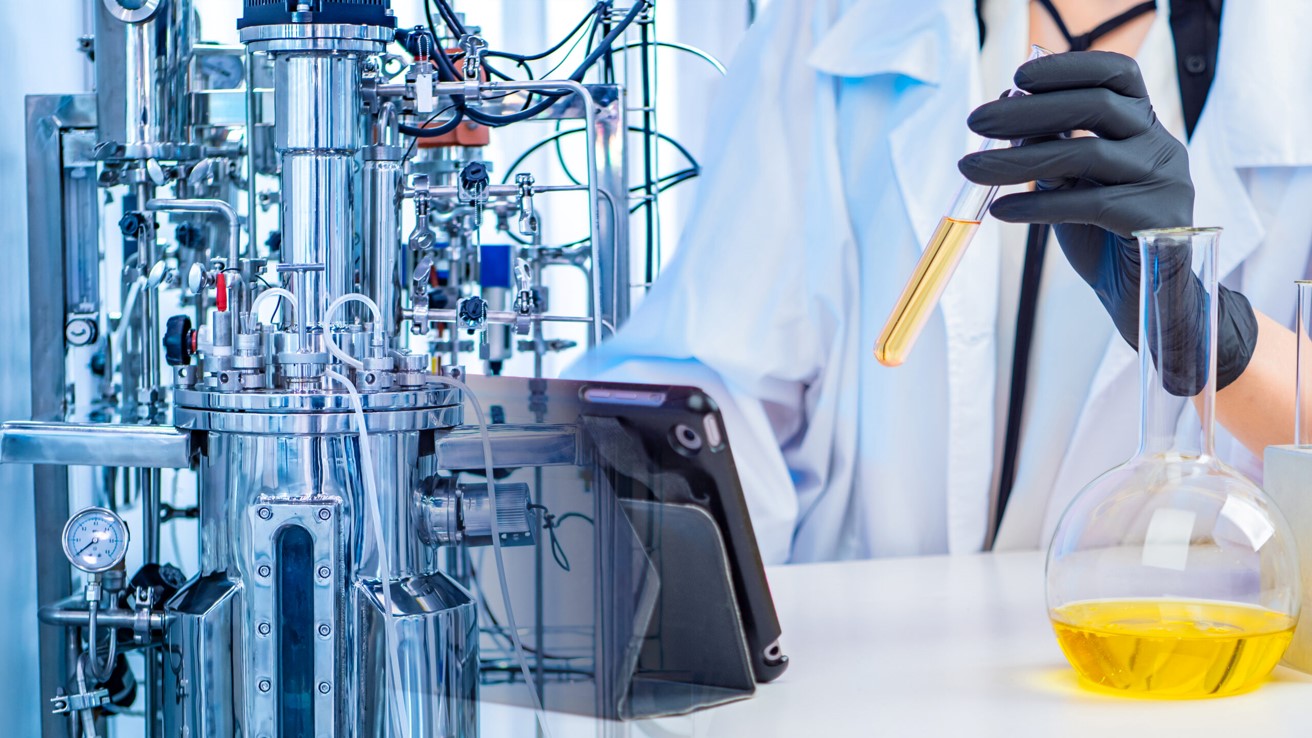Application Highlight
Unlocking the Secrets of Space: How the Finesse Instrument is Transforming Extraterrestrial Analysis
In a recent BBC news feature, the UK’s Open University made headlines for being the only institution in the country granted access to lunar dust returned by China’s Chang’e 5 mission—the first lunar sample return in nearly 50 years. The tiny, 60mg sample of Moon rock is now housed in a secure facility in Milton Keynes, where Professor Mahesh Anand and his team are preparing to conduct groundbreaking research. Their work aims to answer fundamental questions about the Moon’s formation and the early history of Earth. Among the cutting-edge tools enabling this research is a bespoke analytical system called Finesse, much of which was hand-built by technician Sasha Verchovsky. This precision instrument is central to the team’s ability to measure isotopic compositions of carbon, nitrogen, and noble gases from such rare extraterrestrial materials.
More..
Silicone Contamination in Industrial Applications
Hiden Analytical a leader in materials analysis and diagnostics, today announced a breakthrough in detecting and analyzing silicone contamination in various industrial settings. The company’s latest application highlights the critical issue of Polydimethylsiloxane (PDMS) contamination, a common silicone-based compound used in numerous products like lubricants, cosmetics, food additives, and sealants.
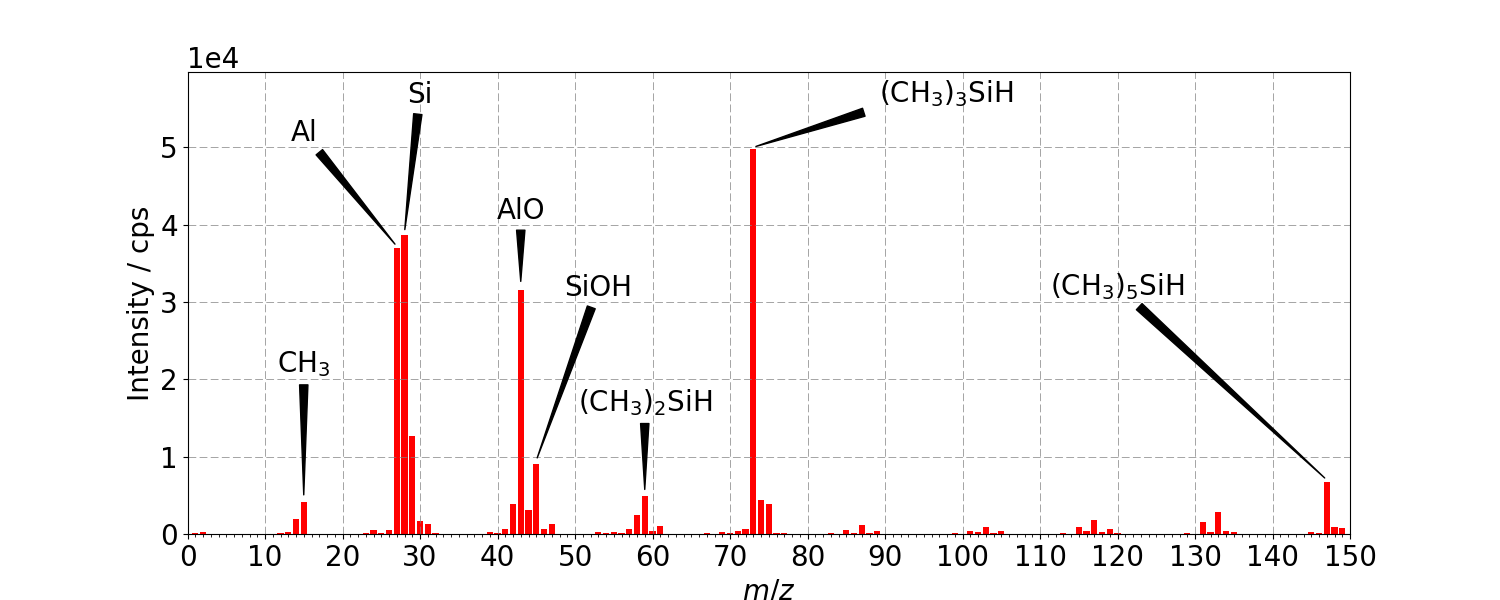
Automotive Catalysts
Automotive catalysts are employed to restrict and reduce the emission of gases that are detrimental to our environment. Carefully controlled catalysis speeds up and facilitates the chemical reactions required to rapidly reduce the toxicity of emissions.
Lithium-Ion Battery Development
Modern electronic devices demand high-performance energy storage solutions that can satisfy their high-power demands with greater efficiency and in a compact format. Researchers recognised the potential of lithium ion (li-ion) batteries due to their excellent power density, lightweight format, and recharging capabilities. Despite warranting a Nobel Prize for Chemistry due to the technical advancements offered by li-ion technology, continued lithium-ion battery development is ongoing.
More..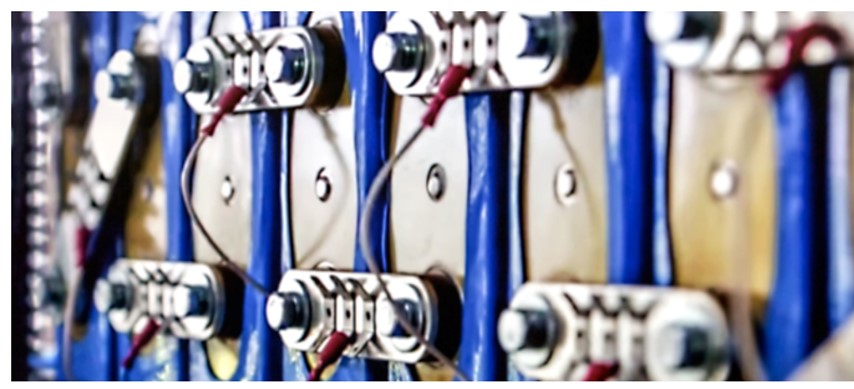
Product Highlight

QGA 2.0
This new system builds upon the solid foundation of our original QGA system, incorporating significant enhancements for improved performance and ease of use. The QGA 2.0 is lighter, more user-friendly, environmentally considerate, and packed with powerful features.
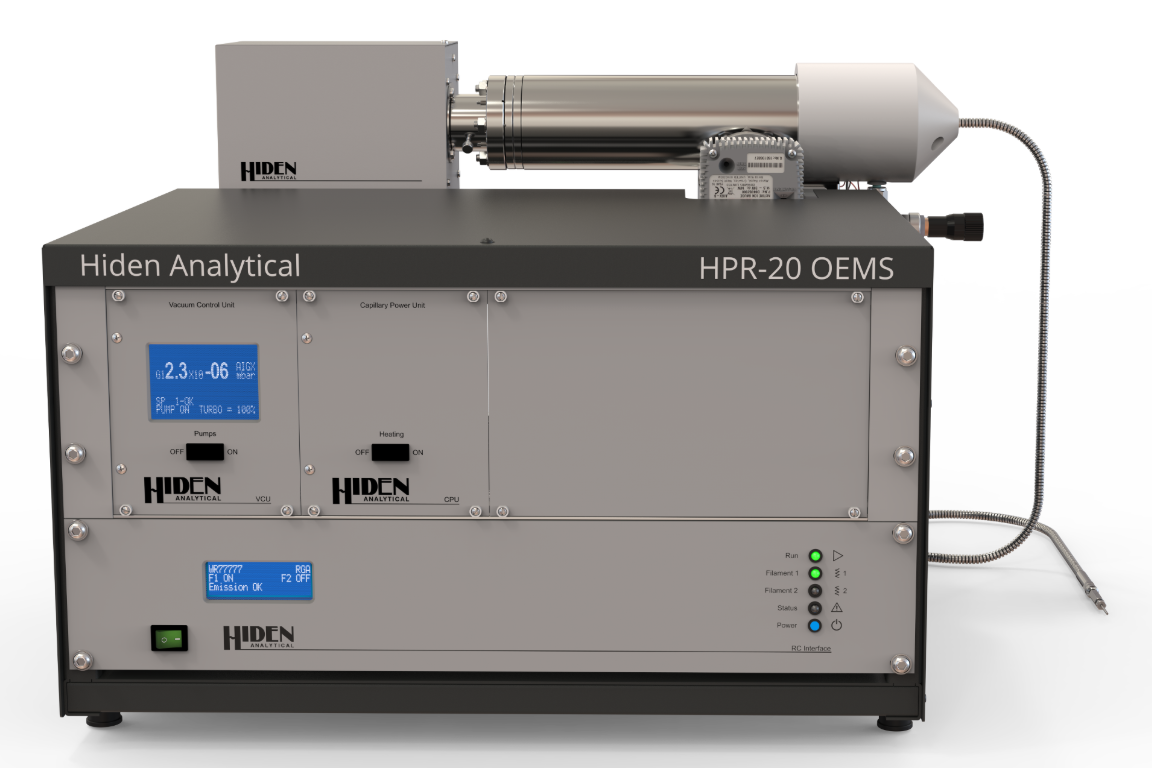
A system for continuous analysis of evolved gases and vapours in electrochemistry
The Hiden HPR-20 for OEMS is a gas analysis system configured for continuous analysis of evolved gases and vapours in electrochemistry as a function of the applied potential on the real-time scale
More..
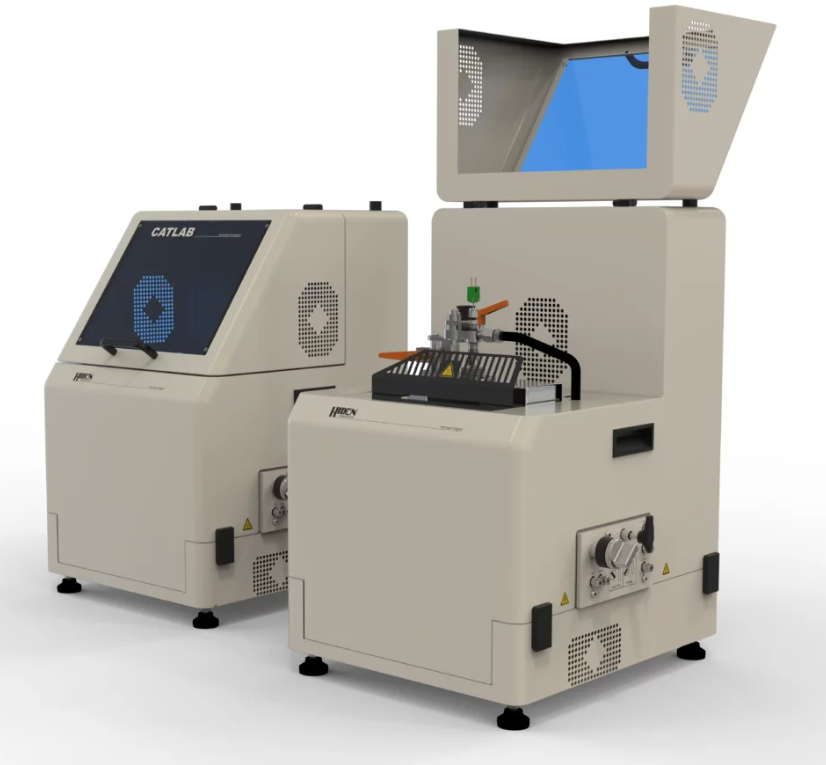
A system for catalyst characterisation, kinetic and thermodynamic measurements
Hiden Analytical is an industry-leading supplier of microreactors and mass spectrometer systems for complex areas of research, including catalyst characterization, screening, and reaction studies. With rapid responses for kinetic and thermodynamic measurements at temperatures of up to 1000°C (1832°F), Hiden’s modular microreactor and mass spectrometer systems are a unique solution for analytical challenges specific to the industry.
LAS : Automated High Throughput Leak Analysis System
The Hiden LAS system is designed to analyze the leak rate from sealed packages, from a quality control or research and development perspective. A variety of fill gases and impurities can be analyzed. The automated system provides a pass/fail analysis based on the specified leak rate minimum.
Publication Highlights
Real-Time Gas Analysis of Li-ion Battery Failure
The failure of lithium-ion batteries can be partly defined by the release of toxic and flammable gases. The composition and volume of these gases varies depending on cell type, failure mechanism, state of charge (SoC) and environmental oxygen levels. Understanding this relationship and the species produced is essential for battery pack manufacturers relying on real-time monitoring to assess the state-of-health of a LIB. It also has ramifications for emergency responders attending thermal runaway events.
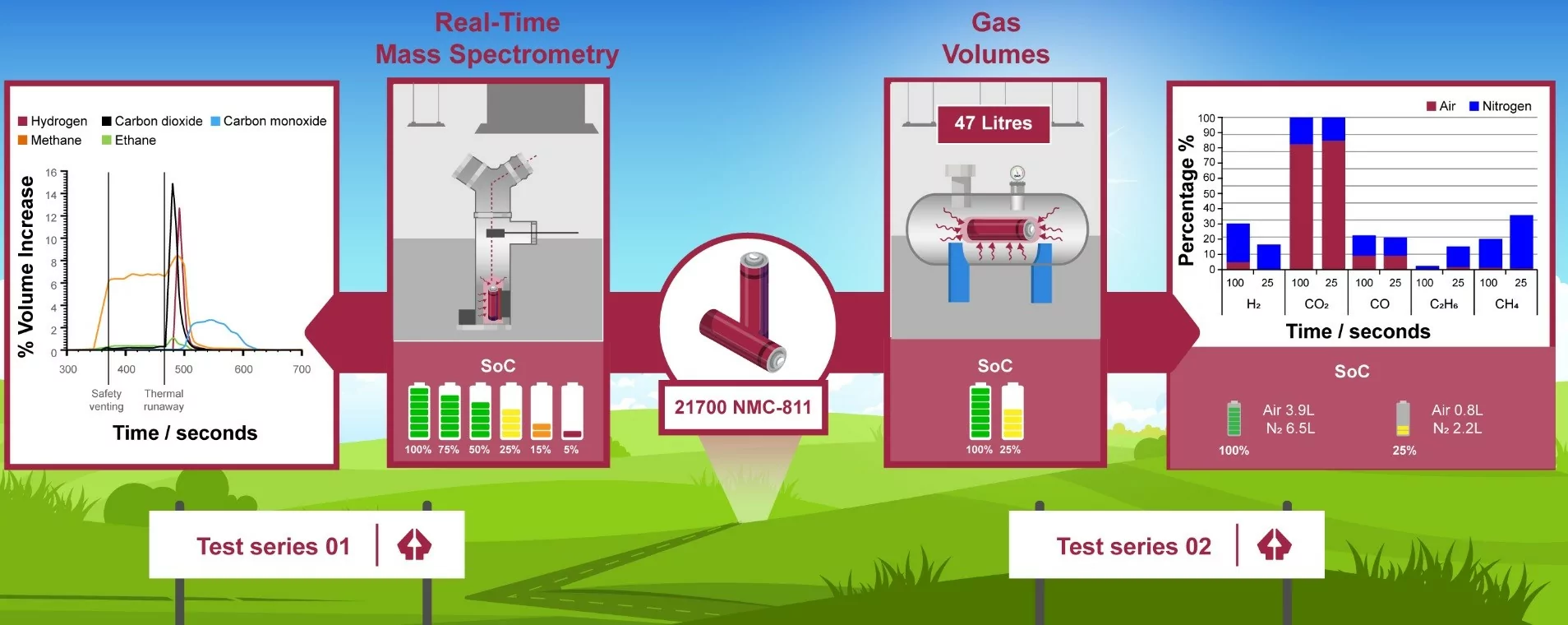
Gas Evolution from Battery Electrodes
Although tremendous efforts are made in developing stable Zn electrodes and bifunctional catalysts in rechargeable Zn–air batteries, the charging process is seldom reported. Herein, in-depth investigation and quantification of the gas evolution on the air electrode is conducted by in-situ characterization using the Hiden QGA.
Yi He, et al. (2022) “In-Situ Observation of the Gas Evolution Process on the Air Electrode of Zn-Air Batteries during Charging” Chemical Engineering Journal, 427, 130862.
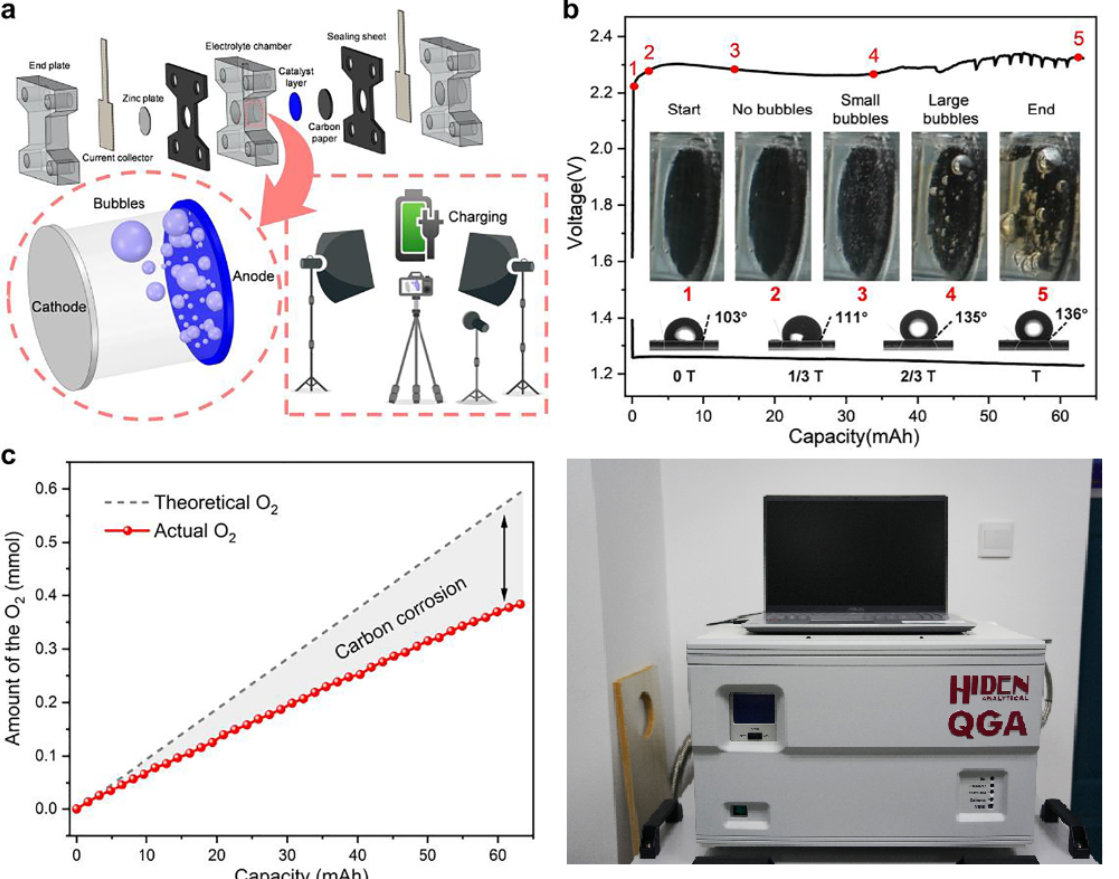
Photocatalysis | Kinetic Studies of Photocatalytic Reactions
Kinetic study of catalytic reactions is vital to understand the reaction mechanisms and optimize the design of catalysts. Here the HPR-20 system with a custom designed gas-inlet and in-situ reactor is used to explore the evolution of gas-phase chemicals during photocatalytic synthetic processes under realistic conditions.
“Metal Cocatalyst Mediated Photocatalytic Dehydrogenative-Condensation and Direct Condensation Cross-Coupling of Aniline and Alcohol”, Applied Catalysis B: Environmental (2022) 309, 121264 DOI: doi.org/10.1016/j.apcatb.2022.121264

Article Highlight
Revolutionizing Fermentation and Bioreactor Monitoring in the Food Industry
The Hiden QIC BioStream Gas Analysis System is a cutting-edge technology that provides real-time, continuous monitoring of gases in complex gas mixtures. This system has become a vital tool in the food industry, particularly in fermentation and bioreactor monitoring, enabling efficient and effective quality control measures. In this article, we’ll explore the Hiden QIC BioStream Gas Analysis System, its benefits, and how it has been used in the food industry.
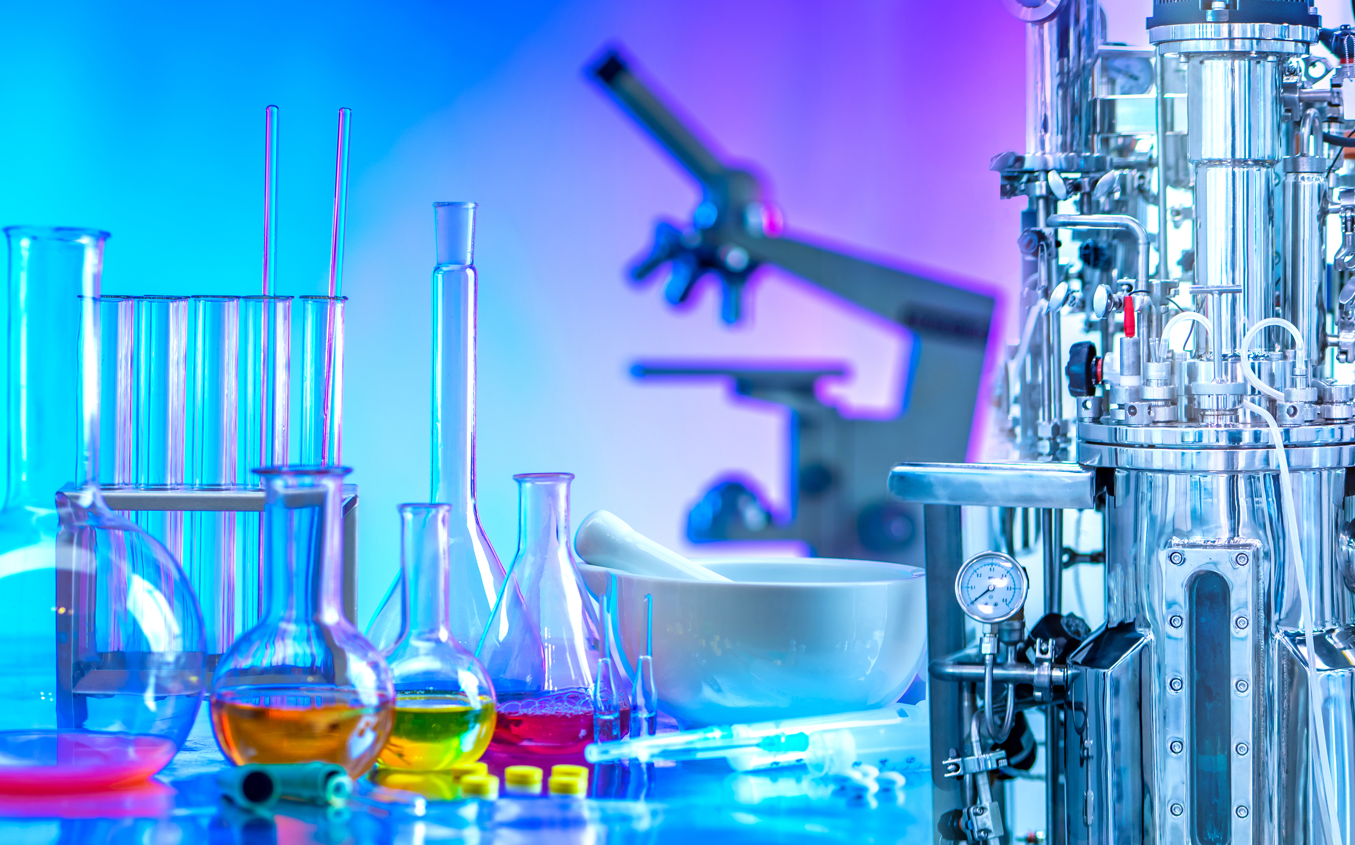
How Gas Analysis Factors into Green Hydrogen
Green hydrogen could greatly aid the global shift to sustainable energy and net-zero emissions economies. The global movement to realise hydrogen’s long-standing potential as a clean energy source is gaining unparalleled momentum. Future energy can be clean, safe, and reasonably priced with the help of hydrogen.
If driven by renewable energy, the electrolysers used to separate water into hydrogen and oxygen can produce hydrogen without emitting any greenhouse gases. This type of hydrogen production is commonly referred to as green hydrogen.
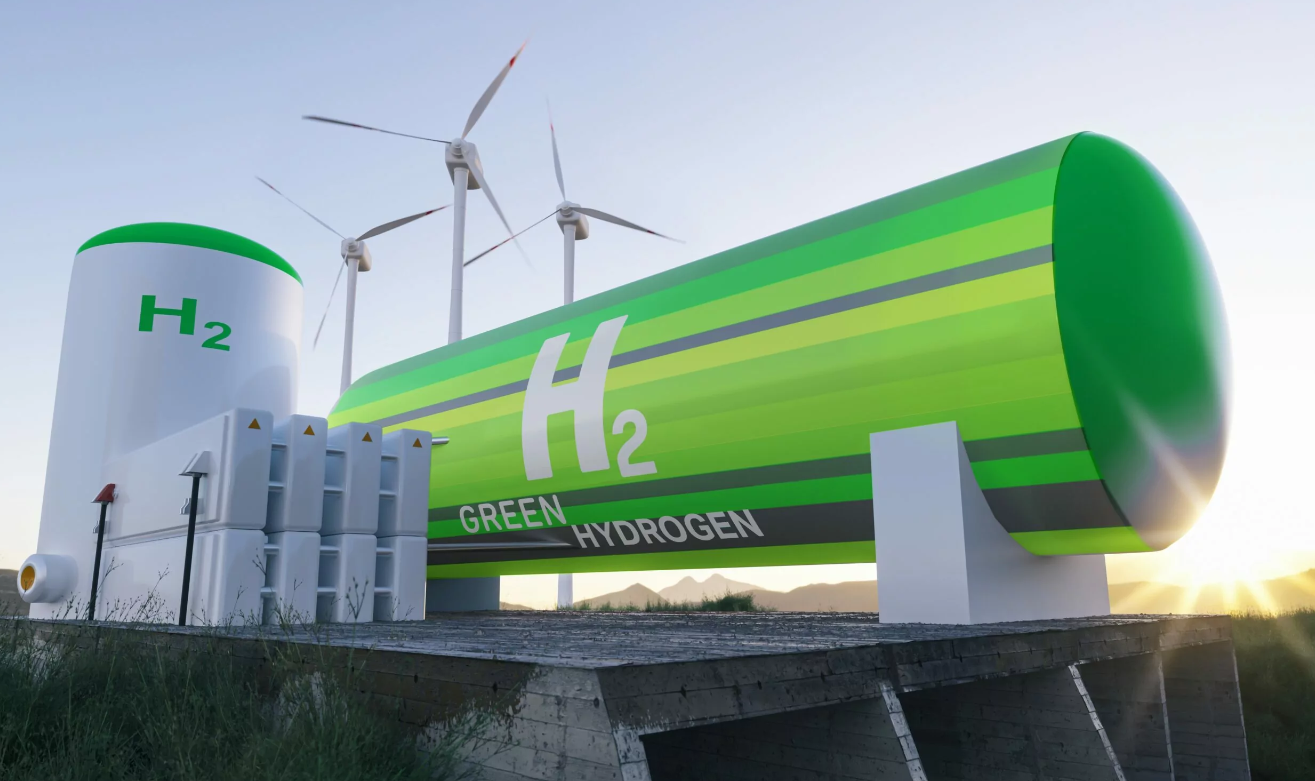
What Equipment to Use for Fermentation Monitoring
Fermentation is, arguably, one of the oldest forms of biotechnology: humans have exploited the metabolic power of yeast and other naturally occurring microorganisms to produce alcoholic drinks, bread, and other fermented foodstuffs for thousands of years.
Fermentation still plays a vital role in human development. Definitions of what exactly constitutes “fermentation” vary – but, broadly speaking, the term refers to any metabolic processing carried out by microbes to create products useful to humans. Today, industrial fermentation is used to produce a huge range of products including foodstuffs, commodity chemicals, bioethanol fuel, and agricultural feed.
